There’s nothing quite like the perfect plate of crispy shredded hash browns to start your day. The texture is everything—golden and crunchy on the outside, fluffy on the inside. However, achieving that texture can be a challenge, leading many to struggle with mushy hash browns. In this article, we’ll dive into expert techniques that ensure you get the perfect, crispy result every time. Moreover, understanding the nuances of each step can elevate your breakfast game to a whole new level. If you’re wondering How Do You Make Shredded Hash Browns Not Mushy, read on for all the tips you need.
First, let’s explore the basics of what makes hash browns so special. For more details about the history of this delightful dish, check out this Potato Casserole Recipe. You might be surprised to learn that hash browns have roots in various cultures, each bringing their unique twist to the beloved dish.
Before we jump into cooking methods, it’s essential to understand that the type of potatoes you use makes all the difference. Curious about alternatives? Explore more about innovative recipes in this Butter Garlic Cabbage and Kluski Noodles. Selecting the right potato is your first step toward achieving that perfect crunch.
Understanding Hash Browns
Defining Hash Browns
Hash browns are primarily made from potatoes that are grated or shredded and then cooked. There are various types of hash browns, each with a distinct texture and flavor profile. From the classic patty-shaped versions to the loose and chunky styles, understanding these differences is crucial for achieving the desired outcome. Additionally, regional variations can introduce unique spices and ingredients, enhancing the overall taste experience.
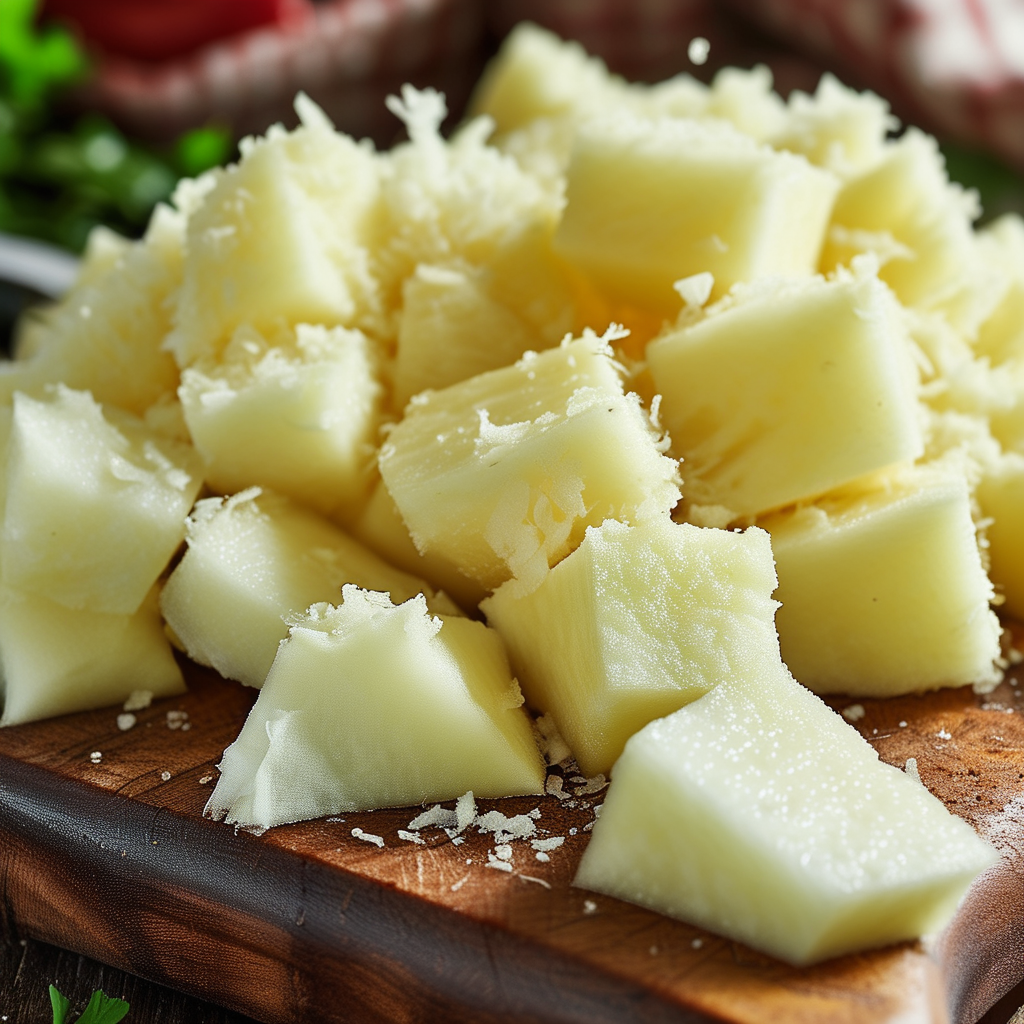
Choosing the Right Potatoes
Best Potatoes for Hash Browns
When it comes to making homemade hash browns, Russet potatoes are often the best choice due to their high starch content. This starch is key for achieving that perfect texture. Russets hold up well during cooking, ensuring that the hash browns stay intact and develop a desirable crispy exterior. However, don’t limit yourself solely to Russets; experimenting with different potato varieties can yield interesting and delicious results.
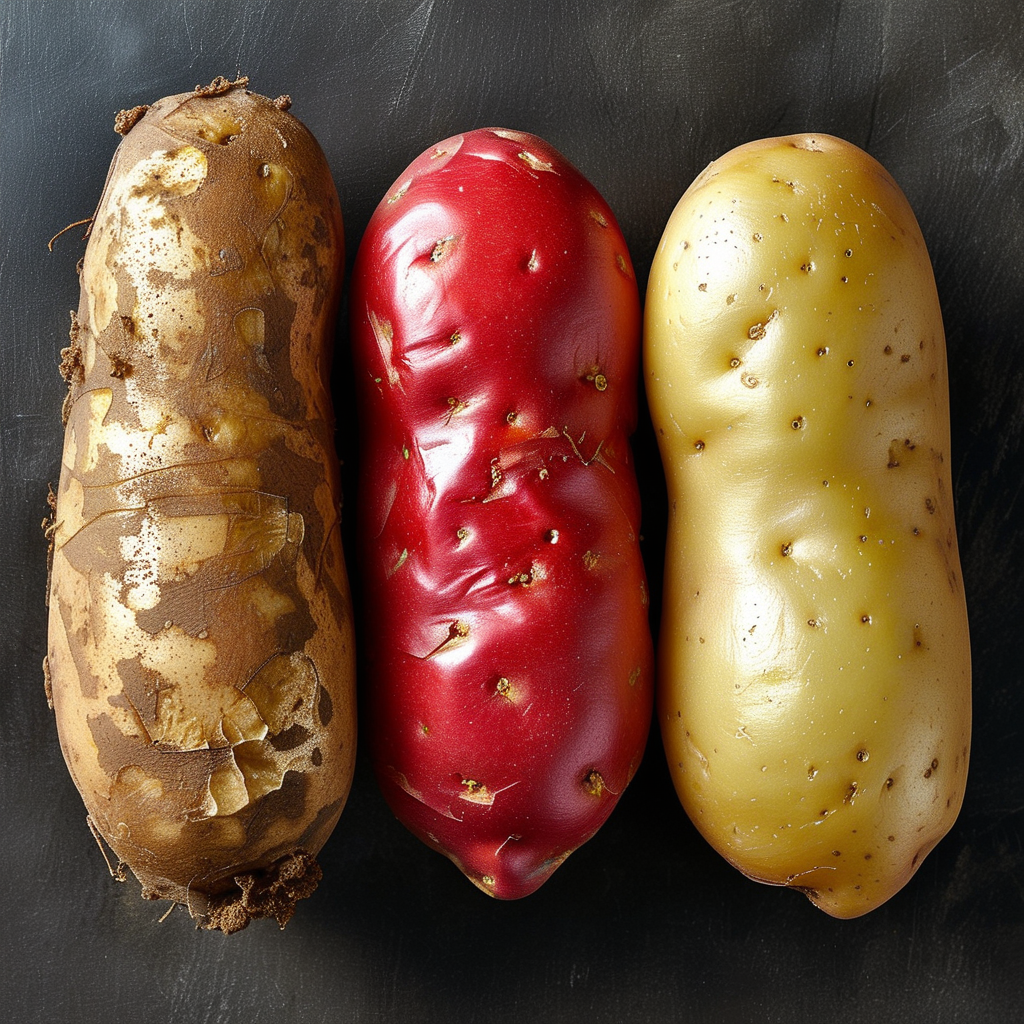
Starchy vs. Waxy Potatoes
The starch content in potatoes greatly impacts the final texture of your hash browns. Here’s a breakdown:
- Starchy potatoes (like Russets): Ideal for crispiness, they absorb less oil and maintain a fluffy interior.
- Waxy potatoes (like Red or New potatoes): Better for salads, less crispy, and tend to hold their shape well.
Understanding this distinction helps you make informed decisions based on your texture preferences. For a combination of crispy edges and a tender center, you might even consider blending different types of potatoes.
Preparation Techniques
Grating and Shredding Potatoes
Using the right tools is essential. A box grater or a food processor can make this task easier and more uniform. Uniform pieces help ensure even cooking. Additionally, choosing the appropriate shredding method can influence the overall texture. For instance, fine shredding results in a denser hash brown, while coarser shredding provides a lighter, fluffier outcome. Experimenting with different shredders can help you find the perfect consistency for your taste.
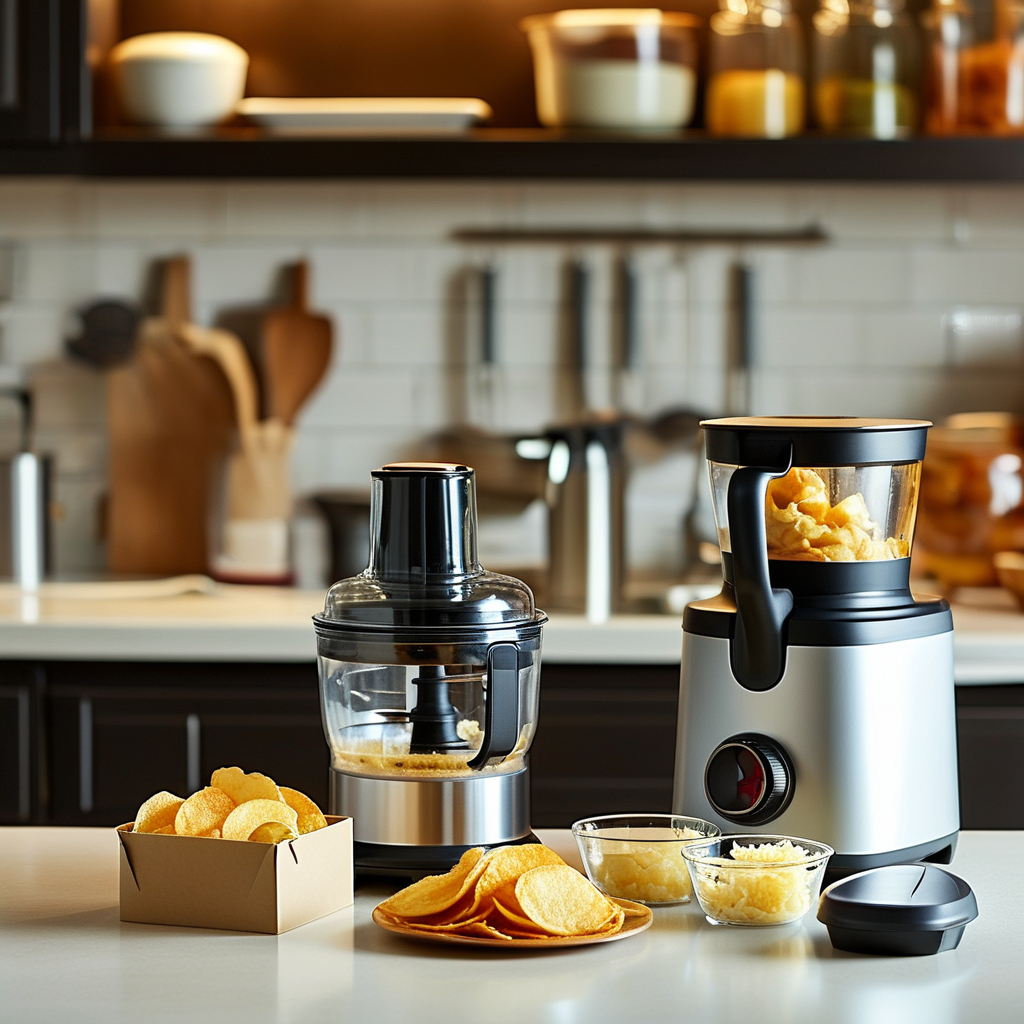
Rinsing vs. Not Rinsing
Rinsing shredded potatoes under cold water removes excess starch, which can lead to mushy hash browns. The rinse and drain method helps improve final texture by stripping away surface starch that accumulates during shredding. However, some chefs argue that a light rinse can help achieve a better browning effect. It’s all about finding the right balance to maintain moisture without making the potatoes soggy.
Drying Techniques
Moisture is the enemy of crispiness. Here are some effective drying methods:
- Use clean kitchen towels to pat down the potatoes, ensuring they are as dry as possible before cooking.
- Allow them to air dry for about 10-15 minutes, which helps in removing surface moisture.
- Microwave for a brief time to evaporate moisture, but be cautious not to start cooking them prematurely.
Implementing these drying techniques can significantly enhance the crispiness of your hash browns, making each bite satisfyingly crunchy.
Soaking vs. Not Soaking
Soaking can enhance crispiness by drawing out moisture. However, it can also lead to a softer texture if not dried properly afterward. Additionally, soaking in cold water can remove excess starch, which further helps in achieving a crispier finish. For those looking to add an extra layer of crunch, soaking in milk or buttermilk can introduce a subtle flavor twist, complementing the natural taste of the potatoes.
How Do You Make Shredded Hash Browns Not Mushy
Cooking Methods for Crispy Hash Browns
Equipment to Use
Choosing the right equipment can vastly influence the outcome. A cast iron skillet is preferred for even heating and crispy results compared to non-stick pans. Cast iron retains heat exceptionally well, ensuring that the potatoes cook uniformly and develop a beautiful golden crust. Alternatively, using a heavy-bottomed stainless steel pan can also yield excellent results if properly heated and oiled.
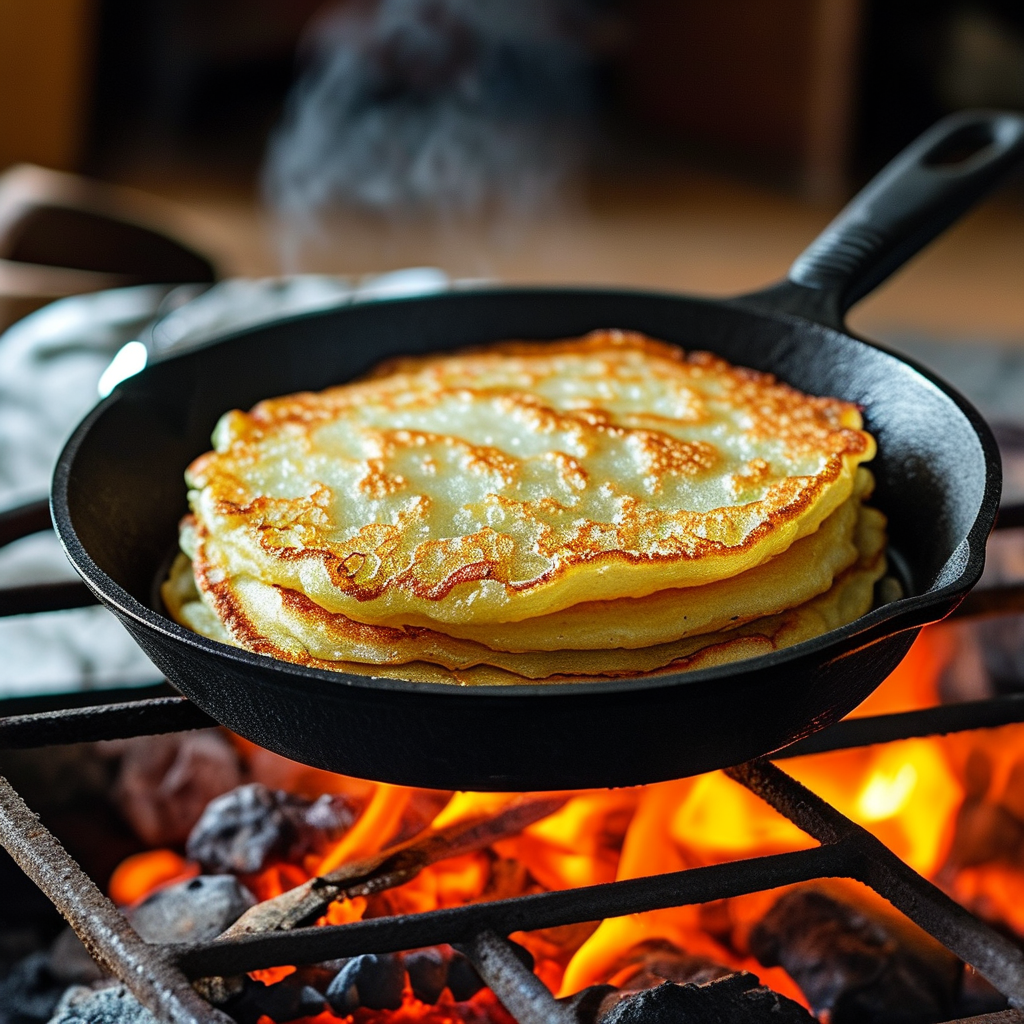
Using Oil
Selecting the best oil is crucial. Consider options like:
- Canola oil
- Vegetable oil
- Olive oil (for flavor)
Ensure that the oil is at the right temperature for frying—usually around 375°F (190°C)—for optimal crispiness. Using a thermometer can help maintain consistent heat, preventing the hash browns from becoming greasy or unevenly cooked. Additionally, a high smoke point oil is recommended to avoid burning while achieving that perfect golden-brown finish.
Layering and Even Cooking
For best results, cook thin layers of potatoes and avoid overcrowding the pan, which can trap moisture and lead to sogginess. Cooking in batches ensures that each piece has enough space to crisp up properly. Moreover, spreading the potatoes evenly allows heat to circulate around each shard, promoting a uniform texture and preventing any part from becoming undercooked or overly crispy.
Cooking Temperature
Understanding how temperature affects cooking is vital. Ideal frying temperatures allow for even browning without burning. Signs of perfect hash browns include a golden-brown color and crispy edges. Maintaining the correct temperature ensures that the potatoes develop a crunchy exterior while remaining tender inside. Additionally, adjusting the heat as needed during cooking can help manage the browning process, ensuring that the hash browns achieve the desired level of crispiness.
Tips and Tricks for Cooking
Once you have the potatoes in the pan, avoid disturbing them too much to allow for even browning. Flip using a spatula for best results. Additionally, adding a pinch of salt during cooking can enhance flavor, while herbs like rosemary or thyme can add an aromatic touch. For an extra layer of crunch, consider adding a small amount of grated cheese on top just before serving, allowing it to melt slightly and complement the texture of the hash browns.
Troubleshooting Common Problems
Why Hash Browns Turn Out Mushy
Mushy hash browns are often the result of excess moisture or overcrowding the pan. Addressing these key issues can prevent disappointment. Additionally, using the wrong type of potato or not drying the shredded potatoes adequately can contribute to a soggy texture. Ensuring that each step, from potato selection to cooking temperature, is meticulously followed can help maintain the desired crispiness.
Fixing Mushy Hash Browns
If your hash browns do turn out mushy, consider re-frying them. Adding a little breadcrumbs can also help absorb excess moisture. Another effective method is to spread the hash browns on a baking sheet and place them under a broiler for a few minutes, which can help crisp up the exterior without further cooking the interior. Additionally, serving mushy hash browns with a crispy topping, such as a fried egg or crispy bacon, can balance the textures and enhance overall enjoyment.
Alternative Methods and Variations
Oven-Baked Hash Browns
Baking hash browns in the oven can yield a healthier alternative. Here’s a simple recipe for oven-baked versions that are equally delicious. By using less oil and allowing the potatoes to cook evenly under the heat, oven-baked hash browns can achieve a similar level of crispiness without the added grease. Additionally, baking allows for preparing larger batches at once, making it convenient for feeding a crowd.
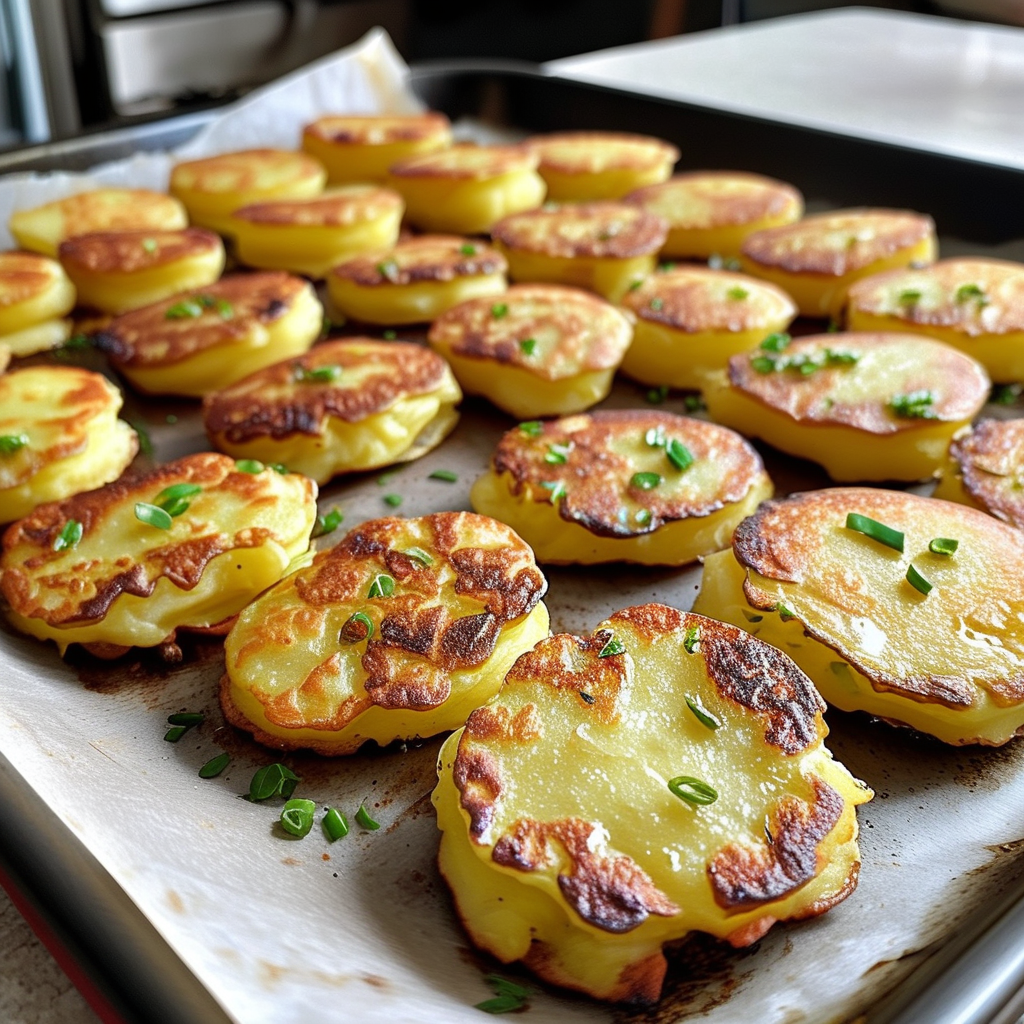
Vegan and Healthier Versions
Experimenting with less oil and incorporating vegetables can create tasty healthy hash brown variations without sacrificing flavor. Adding finely chopped vegetables like onions, bell peppers, or spinach can enhance both the nutritional value and taste. Moreover, using oils with healthier fat profiles, such as avocado oil, or even opting for oil-free cooking methods like baking or air frying, can make your hash browns more diet-friendly. Additionally, seasoning with herbs and spices instead of salt can provide flavor without unnecessary sodium.
FAQs about Making Shredded Hash Browns
What kind of potatoes should I use for hash browns?
Opt for starchy potatoes like Russets for best results. Their high starch content helps in achieving a crispy texture while keeping the interior fluffy. Alternatively, Yukon Gold potatoes can also be used for a slightly buttery flavor.
Should I soak potatoes before making hash browns?
Soaking can help, but ensure they are well-dried to avoid mushiness. It removes excess starch, which is beneficial for crispiness. However, after soaking, it’s crucial to thoroughly dry the potatoes to prevent any residual moisture from affecting the texture during cooking.
How do I store leftover hash browns?
Store them in an airtight container, and they can be kept in the fridge for 3-4 days. For longer storage, consider freezing them in a single layer on a baking sheet before transferring to a freezer-safe container. This method prevents the hash browns from sticking together, making it easier to portion out and reheat later.
Can I make hash browns ahead of time?
Yes, pre-cooked hash browns freeze well and can be reheated later. To reheat, place them in a single layer on a baking sheet and warm them in the oven or reheat in a skillet for best results. Proper cooling before freezing is essential to maintain their texture and prevent ice crystals from forming.
What are the best methods to reheat hash browns?
To restore crispiness, try reheating in a skillet over medium heat. Alternatively, you can use an oven or toaster oven to evenly reheat the hash browns without making them greasy. Avoid using the microwave, as it tends to make the hash browns soggy.
Conclusion
In summary, achieving the ultimate shredded hash browns without mushiness involves selecting the right potatoes, careful preparation, and employing optimal cooking techniques. If you’re wondering How Do You Make Shredded Hash Browns Not Mushy, these tips will guide you to success. Don’t hesitate to experiment with these tips, and you’ll soon be delighting in perfectly crispy hash browns. Remember, practice makes perfect, and with each attempt, you’ll refine your method to suit your personal taste preferences. Enjoy your delicious, crispy hash browns as a delightful start to your day or as a satisfying addition to any meal.
- Select starchy potatoes for the best texture.
- Rinse and dry potatoes properly to avoid moisture.
- Use the right cooking equipment and oil temperature.